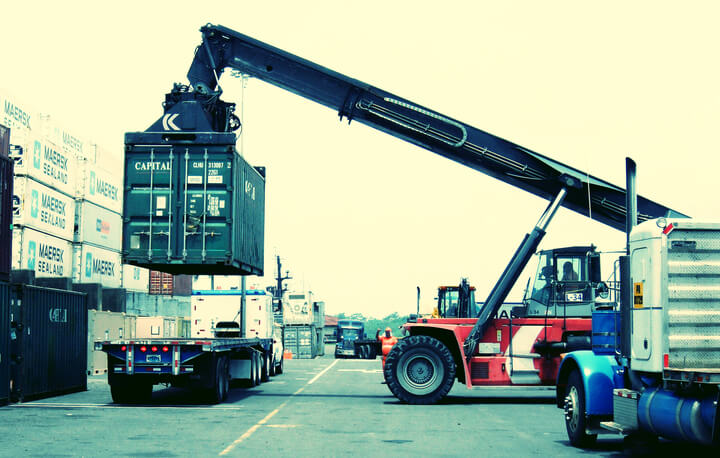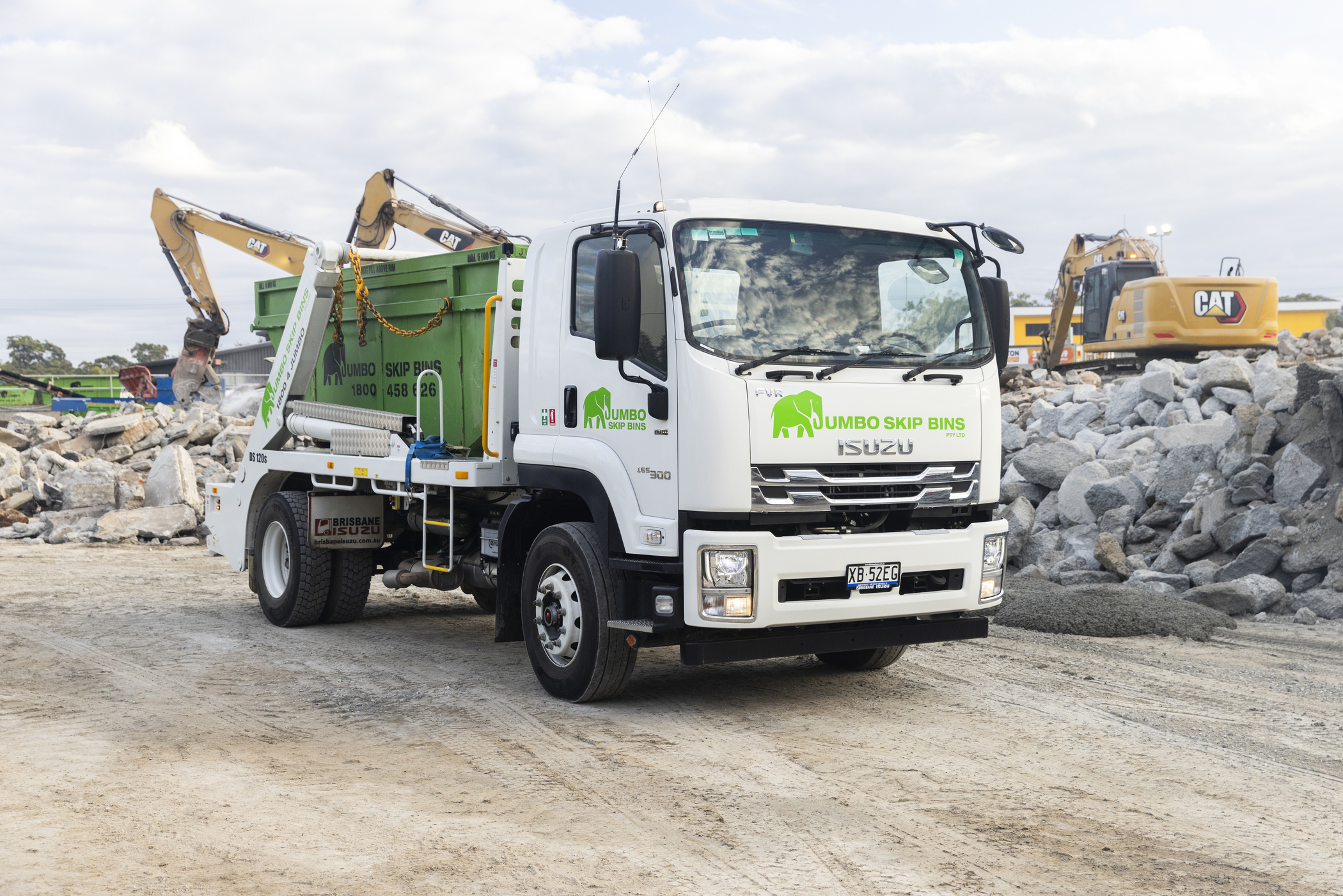WHAT YOU NEED TO KNOW ABOUT MASS AND LOADING (IN PLAIN ENGLISH)

 Got a case of first-time truck buyer’s nerves? Buying a new truck is a pretty big deal, and whether it’s your first or your fiftieth you’ll want to make sure your hard-earned dosh is being well spent. Before you hit the dealerships, you’ll need to nut out exactly what it is you’ll need your truck to carry, how far it’ll be travelling and over what type of roads. Understanding your loading requirements is also crucial to finding the right fit for your fleet. If your truck isn’t built to carry the load you need it to, you’ll be paying for it down the track in premature repair costs and kicking yourself in the process. Effects of overloading start out with tyre wear, and eventually everything in your truck will start to suffer including your clutch and brakes, putting the safety of you and your team at risk. You also run the risk of making your warranty void if mechanical trouble occurs as a result of overloading – so it’s really not worth it in the long run! To keep your truck productive, your team safe and your wallet happy, here’s some key terms to get your head around before you make that all-important purchase.
Got a case of first-time truck buyer’s nerves? Buying a new truck is a pretty big deal, and whether it’s your first or your fiftieth you’ll want to make sure your hard-earned dosh is being well spent. Before you hit the dealerships, you’ll need to nut out exactly what it is you’ll need your truck to carry, how far it’ll be travelling and over what type of roads. Understanding your loading requirements is also crucial to finding the right fit for your fleet. If your truck isn’t built to carry the load you need it to, you’ll be paying for it down the track in premature repair costs and kicking yourself in the process. Effects of overloading start out with tyre wear, and eventually everything in your truck will start to suffer including your clutch and brakes, putting the safety of you and your team at risk. You also run the risk of making your warranty void if mechanical trouble occurs as a result of overloading – so it’s really not worth it in the long run! To keep your truck productive, your team safe and your wallet happy, here’s some key terms to get your head around before you make that all-important purchase.
Gross Vehicle Mass (GVM)
All trucks have been built to a particular GVM, which is set by looking at axle and tyre capacity and chassis strength. You’ll usually find the GVM rating expressed in kilograms and that means it’s the maximum weight the truck can carry (including its own weight), when the tyres hit the road. To get the actual weight or payload of goods you’ll be able to carry on your new truck, you’ll first need to work out the ‘All up weight’ of your truck. The ‘All up weight’ of your truck is made up of kerb weight (basic chassis weight), plus the body weight (whether that’s a tipper, tanker or curtain sider) and your additional weight factors. Additional weight is made up of the weight of driver and passengers, tools, a full tank of gas and any other extra equipment used for your application. Now all you need to do is take your ‘All up weight’ off the GVM rating and you’ll have your total payload capacity. And, don’t forget to check the manufacturer’s GVM rating against the transport regulations for maximum loading in your state – sometimes a manufacturer’s GVM is higher so it’s always worth making sure. The weight distribution and spacing between axles is also vital for compliance and truck performance. To find out more about the General Mass Limits (GML) for all types of heavy vehicle axle groups, take a look at this quick factsheet from the National Heavy Vehicle Regulator.
Gross Combination Mass (GCM)
If you’re towing a trailer then this is one you’ll need to remember. The Gross Combination Mass, or GCM, is the total weight of a truck, trailer, both payloads combined, and the additional weight of passengers, fuel and extra equipment. If you’re towing a trailer you’ll also need to make sure your towing hitch and braking systems are compliant with the latest industry regulations. Understanding your GVM or GCM requirements is just the first step in finding the right truck for your needs. You’ll also want to expend some grey matter looking into performance, gearing and dimensions, and of course, talking to mates in the industry about what trucks are working best for them.


Playtime’s over, get $3,500* to spend on extras.
If you’re ready to get serious about tackling bigger jobs, grab yourself an NLR 45-150 AMT SWB Traypack from the Ready-to-Work range for $62,990 drive away*. And to prove we aren’t playing, buy any NLR Traypack before June 30 and you’ll get $3,500* to spend on genuine accessories or an Essentials service agreement.
Learn more



